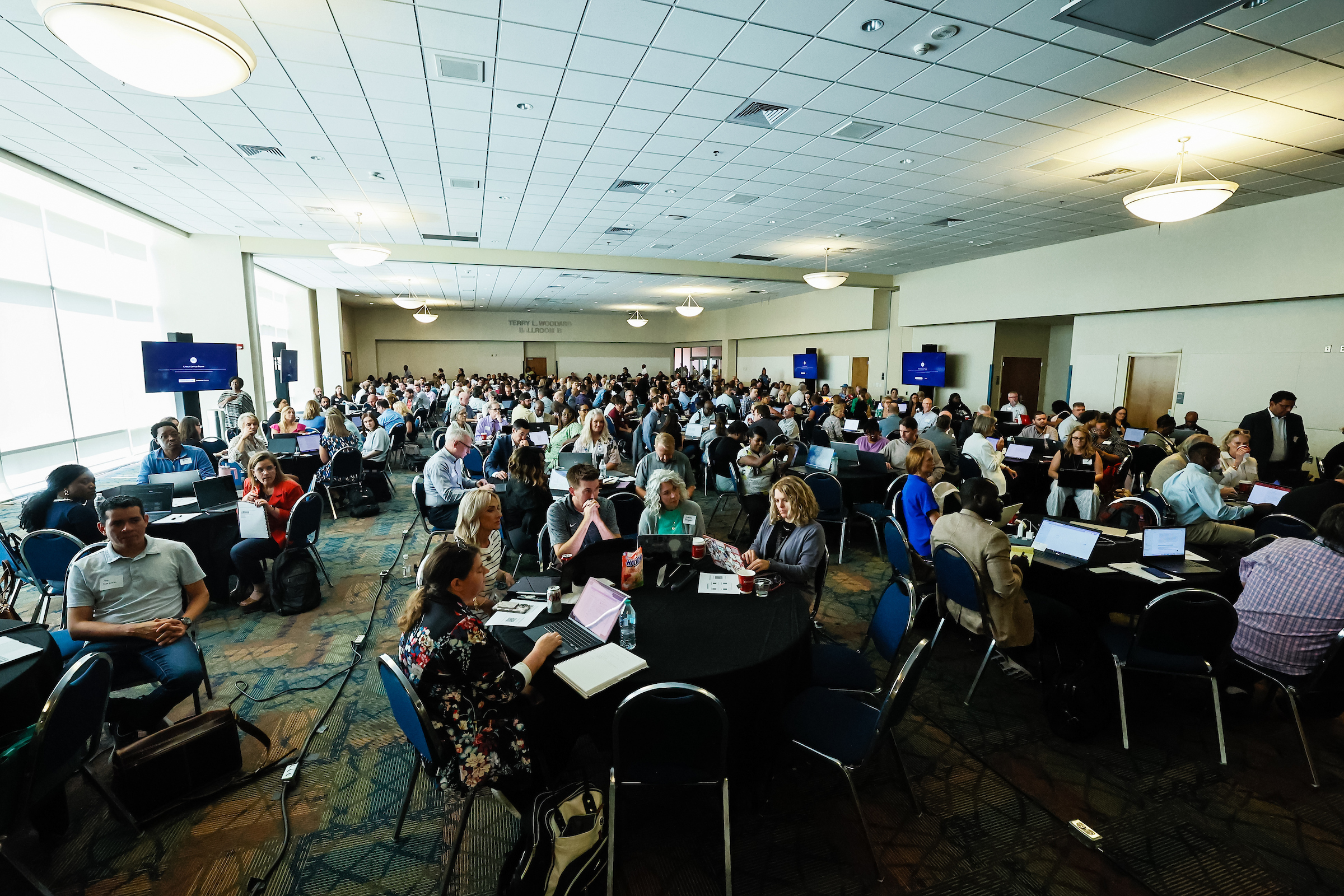(JACKSON, Miss.) – Jackson State University professor of chemistry and biochemistry Paresh C. Ray presented his groundbreaking research on how popcorn-shaped gold nanoparticles help detect and kill Salmonella during a March 27 meeting of the American Chemical Society, the world’s largest scientific society.
Ray’s work fulfills an urgent need for a faster way to detect Salmonella, especially the multiple-drug resistant (MDR) strains that cause the most serious disease in food and drinking water. In the U.S., Salmonella-contaminated food causes at least 1.6 million cases of food poisoning annually.
“The test for lettuce requires just a tiny sample of lettuce leaf,” Ray explained. “It doesn’t take a trained laboratory technician to perform the test or read the results. If the color changes from pink to bluish, that signals the presence of Salmonella. The test is suitable for use in farm fields and in remote areas of the developing world. We believe it may have enormous potential for rapid, on-site pathogen detection to avoid the distribution of contaminated foods.”
To find the bacteria faster, Ray and colleagues at Jackson State University enlisted gold nanoparticles that are 1 million times smaller than an ant. The researchers attached antibodies similar to those that help the immune system find and fight infections with Salmonella, to the nanoparticles. Viewed under a powerful microscope, the gold nanoparticles look somewhat like individual pieces of popcorn.
When these antibodies encounter Salmonella bacteria, they attach to the outer surface of the bacteria, carrying along their cargo of gold popcorn-shaped nanoparticles. The test, with its pink-to-blue color change, detects those gold nanoparticle-antibody-Salmonella structures, which Ray calls “aggregates.”
The approach also has potential for killing MDR Salmonella, Ray said.
“When you shine the right wavelength of light into contaminated water, for instance, the gold nanoparticles absorb that light and heat up,” he explained. “Those hot particles burn through the outer membrane of the Salmonella bacteria, killing the bacteria.”
Ray and colleagues first developed the popcorn-shaped particles to find and fight cancer. The shape was chosen because it boosts the signal for detection using something called Raman spectroscopy, which looks at the light given off after atoms or molecules absorb energy. Ray explained that this detection method is useful in other applications of the particles. “In science, we call that the lightning rod effect,” said Ray, describing how the splayed “tips” of the popcorn shape enhance the signal and make it easier to see. The group has also used the nanoparticles to detect other microbes, like E. coli.
Despite gold’s stature as a precious and very costly metal, only tiny amounts are needed, Ray noted. About $90 worth of gold is enough to make gallons of the solution containing the nanoparticles. And only a few drops of the solution are needed seek out Salmonella bacteria.
Ray said the technology can be commercialized, and a patent is pending. With concerns about the potential health and environmental effects of many kinds of nanoparticles, Ray’s team is investigating the effects of gold nanoparticles remaining in purified water, for instance. So far, they have found no short-term toxicity and will be checking on any potential long-term toxicity.
Funding for Ray’s research at JSU comes in part from the National Science Foundation.









Paresh,
Congratulations!!! Remarkable achievement. Hoping some day it will bring even a bigger award.
Outstanding work Dr. Ray. It is great to see that you are progressively doing breakthrough research. We are very proud of you.
Congratulations Ray. JSU research investment in you and and your team is paying off. Keep up the great work!!!
Felix Okojie
Good for you! Another one for the “Blue Bloods”.
CONGRATULATIONS!!! WE ARE ALL PROUD OF YOU!!!
Dr.Ray, congratulations.You made us all proud,
Dr. Jaideep Chatterjee, Civil Eng @ JSU
Congrats! I hope the patent pulls through!
Congratulations. This is a breakthrough, Dr. Ray.
That is wonderful and inspiring news. Congratulations.